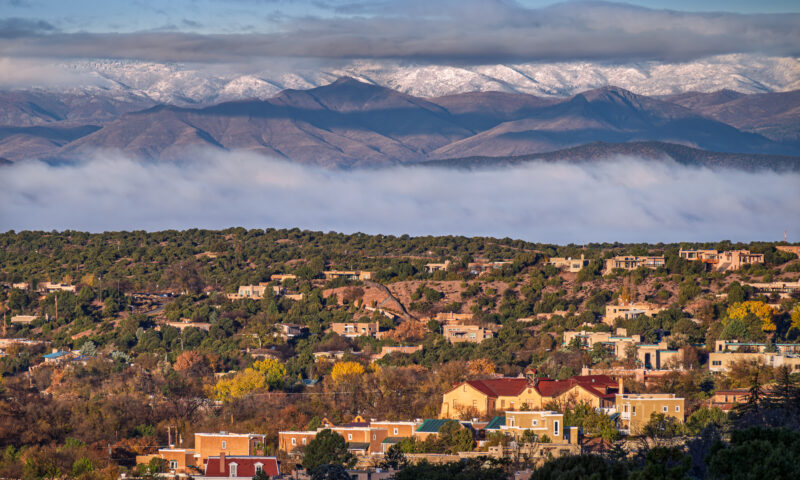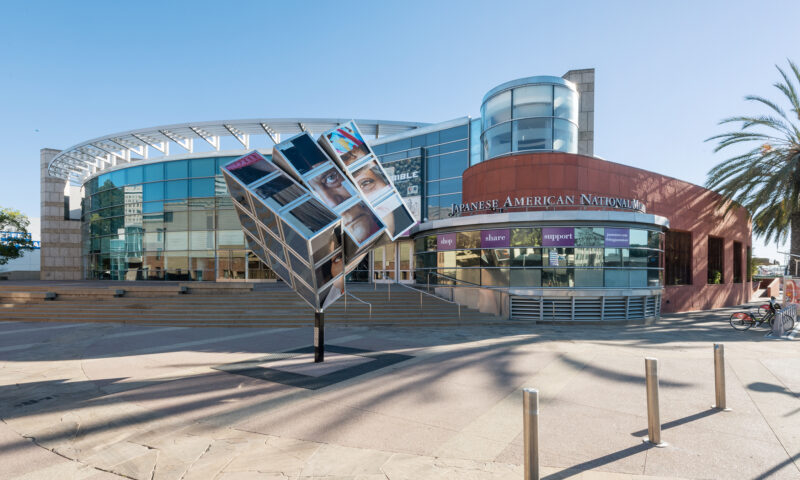Education
Cal State University’s Budget Blues

On Tuesday a coalition of faculty, legislators, staff and students (pictured above) marched to Governor Jerry Brown’s office in support of greatly increased funding for the California State University system. Governor Brown’s budget for the 2014-2015 fiscal year includes $142.2 million for the beleaguered CSU system, a five percent increase in its budget. Kevin Wehr, a sociology professor at CSU Sacramento and one of the marchers, said that “the governor’s proposal is welcome but it’s not nearly enough. [The cuts to the CSU budget] were massive, deep and really hurt the ability to deliver a quality public education.”
During the recession, many state programs were hit hard by budget cuts. However, the economic downturn took a particularly devastating toll on the state university system. More than a billion dollars was slashed from its budget as California dealt with the recession. Only a small fraction has since been restored.
The CSU system faces numerous problems. Schools have had to cut services as they cannot pay the staff needed to provide them. Many long-term faculty have either been laid off or offered so few classes that they can’t afford to stay. This has led departments to cut back on their class offerings. The remaining classes have had to increase in size, but increasing the number of students in them is only a temporary remedy.
“You can only fit so many students in rooms designed for 30,” says Kim Geron, a political science professor at CSU East Bay, and vice president of the California Faculty Association. (Disclosure: the California Faculty Association is a financial supporter of Capital & Main.)
Each year, thousands of eligible and qualified students are turned away as California State Universities lack the resources to admit them.
The students who do manage to get in must confront additional problems. Wehr said that during the 11 years he has worked at CSU Sacramento, tuition has gone up 250 percent. In response, Governor Brown has tied his incremental restorations of CSU’s budget to a moratorium on tuition increases.
However, students still find the amount they pay for college rising in the form of “student success fees.” These have traditionally been approved by the student body to fund projects such as recreation centers. However, the administrations of many CSU campuses have been adding the fees via an “alternate consultation process” with little or no student input. Moreover, these fees have not been going to well-defined services or benefits to the student body, but instead to support normal university functions, such as hiring faculty or running computer labs.
Any increase in the amount paid to get an education is acutely felt by CSU students. The average CSU student is 24 and holds a job while attending school. Students tend to graduate with substantial debt, with the number of student debtors on the rise. With lower numbers of faculty, fewer classes offered in more crowded classrooms, it is hard for working students to find courses to fit their schedules. And, if students are unable to fulfill their requirements to graduate, they have to stay in school longer to get their degrees — forcing them to pay more tuition.
“We’ve always believed that we were the people’s university,” Geron said. “And we are the people’s university.” But, he adds, “that we have to turn people away because there’s not enough funding from the state government is horrible.”

-

 StrandedNovember 25, 2025
StrandedNovember 25, 2025‘I’m Lost in This Country’: Non-Mexicans Living Undocumented After Deportation to Mexico
-

 Column - State of InequalityNovember 21, 2025
Column - State of InequalityNovember 21, 2025Seven Years Into Gov. Newsom’s Tenure, California’s Housing Crisis Remains Unsolved
-

 Column - State of InequalityNovember 28, 2025
Column - State of InequalityNovember 28, 2025Santa Fe’s Plan for a Real Minimum Wage Offers Lessons for Costly California
-

 The SlickNovember 24, 2025
The SlickNovember 24, 2025California Endures Whipsaw Climate Extremes as Federal Support Withers
-

 Striking BackDecember 4, 2025
Striking BackDecember 4, 2025Home Care Workers Are Losing Minimum Wage Protections — and Fighting Back
-

 Latest NewsDecember 8, 2025
Latest NewsDecember 8, 2025This L.A. Museum Is Standing Up to Trump’s Whitewashing, Vowing to ‘Scrub Nothing’
-

 Latest NewsNovember 26, 2025
Latest NewsNovember 26, 2025Is the Solution to Hunger All Around Us in Fertile California?
-

 The SlickDecember 2, 2025
The SlickDecember 2, 2025Utility Asks New Mexico for ‘Zero Emission’ Status for Gas-Fired Power Plant

